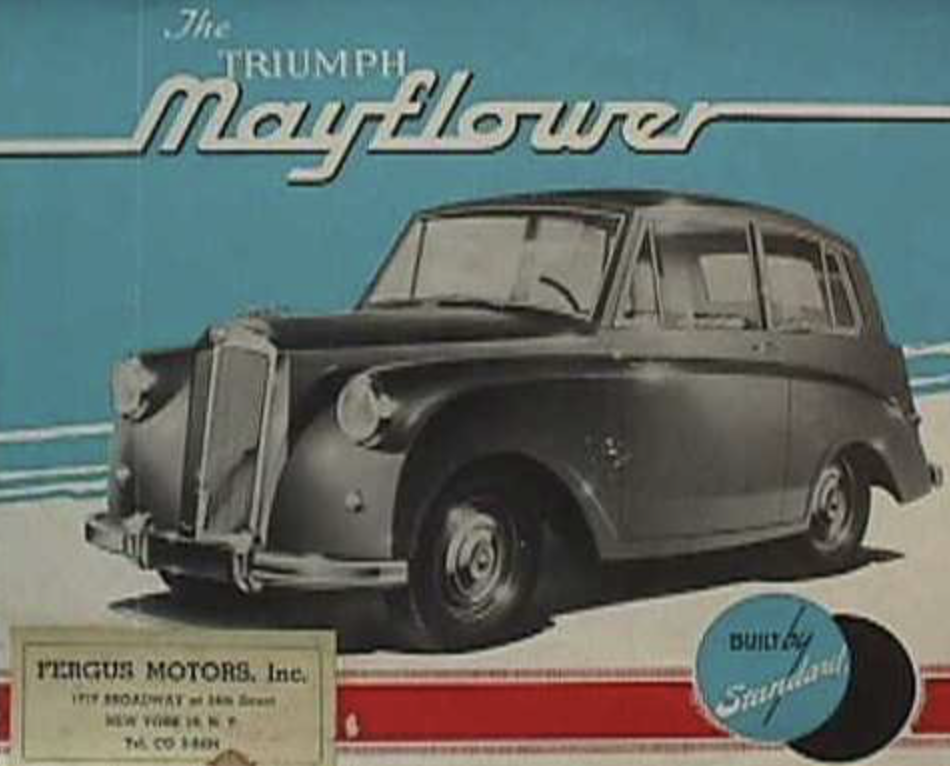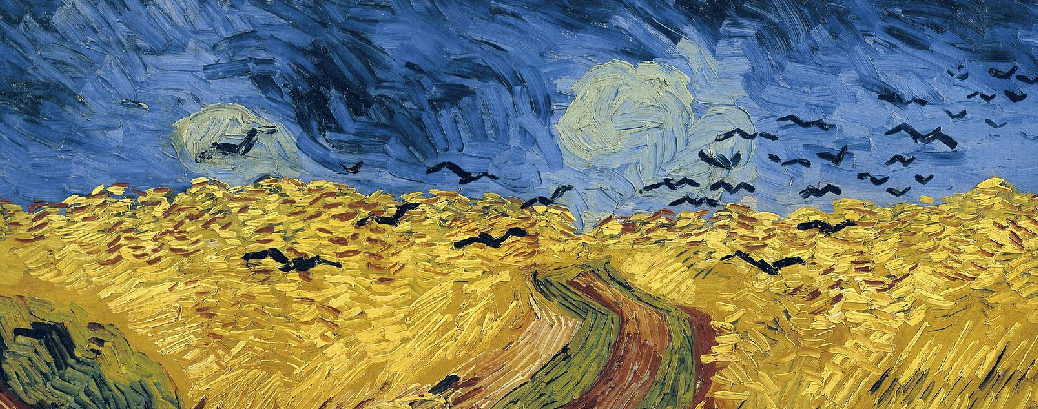The picture above is by Vincent Van Gogh (obviously says you), it lives in the Van Gogh Museum, Amsterdam and is called ‘Wheatfield with Crows’. It was painted in 1890 – possibly his last picture. Vincent didn’t know about climate change or intensive agriculture; if he had, he would probably have cut the other ear off and left the crows out.
Pollinator Decline
Pollinators, including honey bees, are in decline all over Europe due to habitat loss, climate change and modern agricultural practices. All the usual culprits. This is fact.
Anybody in doubt about that should cast their minds back to the good old days when car windscreens would be so plastered with crushed insects – regular stops were needed to scrape them off.
Mind you, cars were rather less streamlined then and a bit more – er – ‘boxy’:

Einstein
Einstein said, “If the bee disappeared off the surface of the globe, man would have only four years left to live“.

They now say he probably didn’t say that at all but then they would wouldn’t they. Whether he said it or not – the bleak nugget of truth in that sentence seems to have reached most people.
Threatened Pollinators
Ireland’s wild pollinators include 20 species of bumble bee, 77 solitary bee species plus 1 species of honey bee. All of these are entirely dependent on flowers to exist so it is bees that carry out most of the pollination services.
33% of these are threatened with extinction.
Other pollinators include flies, butterflies, moths, wasps, ants, beetles.
Between them, their pollination services are thought to be worth €153 billion worldwide and at least €53 million in Ireland.
In response to the very real threat to these insects and (god forbid) the economy, many countries including Ireland have put in place plans to attempt to reverse the trend of pollinator loss.
Ireland’s Pollinator Plan 2015 – 2020
Biodiversity Ireland with Trinity College Dublin and a 15 member steering panel of experts have devised a 5 year plan to address pollinator decline and protect the pollination service these insects freely provide to agriculture, horticulture and the countryside in general.

Objectives
The plan has 5 objectives:
- Making Ireland pollinator friendly.
Pinpoint things that can be done on farmland, public land and private land, to create an interconnected network of wildflower-rich pollinator-friendly habitats. - Raising awareness of pollinators and how
to protect them.
Increase awareness of the importance of
pollinators and the resources they need to survive. - Managed pollinators – supporting beekeepers and growers. To achieve healthy, sustainable populations of managed pollinators that can play a full role in delivering pollination services.
- Expanding our knowledge of pollinators and pollination service Increase research and knowledge to find the best and most cost-effective ways to protect pollinators.
- Collecting evidence to track change and measure success Survey pollinators and monitor change to ensure the Plan is working.
Eighty one actions have been indentified to achieve these aims and have been shared out among sixty-eight governmental and non-governmental organisations which have agreed to support the plan.
The recommended actions include:
Hedgerows
Planting new hedgerows with native species such as hawthorn, hazel, willow and blackberry etc. Old hedgerows should be maintained properly and cut less often. Vegetation at hedge bases should not be sprayed so wild flowers are conserved.
Wildflowers
Should be encouraged along hedges, lanes and field corners. Buffer strips containing native wild flowers should be planted along field margins and cut between September and April only. Further management practices can include grazing to conserve and improve these areas.
Nectar and Pollen rich shrubs and trees
Planting of willow, hazel, hawthorn, horse chestnut and blackthorn in hedges and field corners, parks, schools etc.
Nesting Areas
Tussocky grass and nettles provide nesting areas for bumble bees. Bare uncompacted ground for solitary bees.
The Other Bits
I added the photo below to demonstrate just how much land is not hedgerow or hedge base. When these fields are planted with rye grass, rye grass, rye grass or in modern day crop rotation of barley, barley, barley, wheat, barley, they are as about as useful to bees and other pollinating insects as these flooded fields:
Funding
The plan points to government initiatives that are already in force and it is hoped that communities and local authorities will formulate projects and seek funding from local and national government. There is also the possibility of funding from Europe.
Honey Bees
All of these measures will help honeybees and that is to be welcomed. However, apart from the spectre of mapping and education on diseases the plan is a bit short on specific help for honey bees. All beekeeping associations already provide education on diseases.
The plan describes honey bees as being ‘domesticated’ or ‘managed’.
Domesticated
Before the Varroa mite, which came in with imported bees in 1999 or thereabouts, the honeybee lived as wild as all the other Irish pollinators. Until recently it was thought to be extinct as a wild species but recent research has shown that Ireland’s native bee – Apis mellifera mellifera is in fact alive and kicking in the wild. Presumably it is adapting to cope with Varroa – perhaps becoming swarmier.
Imports
It is a shame that no steps are suggested in this plan to prevent further imports of foreign bees and the exotic pests that come in with them. That would have helped to protect the honey bee.
Managed
Also the plan says this, “The needs of managed honeybees are very different to those of wild pollinators. Beekeepers can move colonies to where forage sources are available, and can provide extra resources over the winter.”
Well, that’s just not true. The majority of beekeepers in Ireland are hobbyists – that is they have a couple of hives in the garden and no other apiary.
To move bees, you need to have somewhere to take them and you need the know-how to move them. It’s not a walk in the park you know. Moving bees is stressful for both bees and beekeepers. It is not for the fainthearted – it is ticklish, potentially dangerous and certainly not for the novice. But that’s for another post.
Conclusion
Much is made of planting wildflowers but there are wildflowers and there are wildflowers. Anyone thinking of sowing wildflowers should try and get Irish natives. Foreign wildflowers evolved with foreign insects and may not be appropriate here.
Irish wildflower seed is available from Sandro Cafolla – more info on his website www.wildflowers.ie
Click here for Biodiversity Ireland and the Ireland Pollinator Plan
Click here for Irish Wildflower seeds
Click here for Hedgelaying Ireland
Click here for more about Bees and Climate Change
Click here for Bee Trees – Hawthorn
Click here for Bee Trees – Hazel
Click here for Bee Trees – Ivy
Click here for Bee Trees – Horse Chestnut
Click here for Bee Trees – Sycamore
Click here for Bee Trees – Willow
Click here for Bee Trees – Lime
Click here for Bee Trees – Poplar
Copyright © Beespoke.info, 2015. All Rights Reserved.

